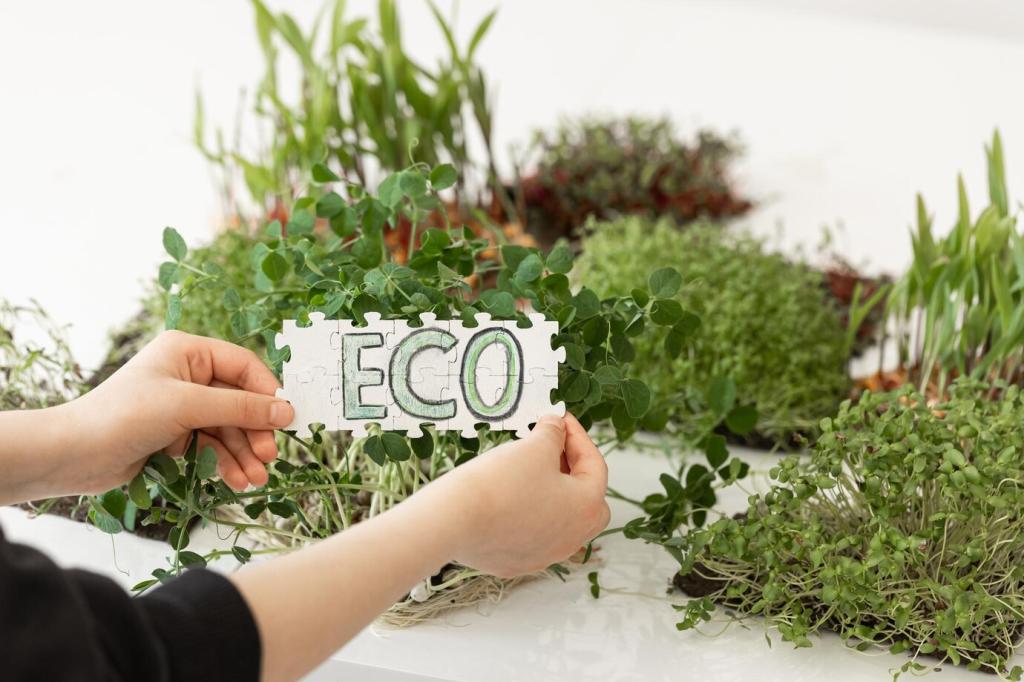Why Trust Starts with Sustainable Copy
Trust grows when you admit limits. Share what you are doing well, what still needs work, and when improvements will happen. Readers reward honesty because it reduces risk, invites empathy, and signals your brand is dependable under scrutiny.
Why Trust Starts with Sustainable Copy
Replace vague phrases with concrete numbers, dates, sources, and outcomes. Name the materials, suppliers, and standards. Specificity helps people visualize your efforts, compare alternatives, and feel you have nothing to hide behind marketing gloss.
Why Trust Starts with Sustainable Copy
Consistency across months and channels reassures readers you are serious, not seasonal. Keep your sustainability language, proof points, and tone aligned everywhere. Consistent copy transforms promises into habits that customers recognize and rely on.
Why Trust Starts with Sustainable Copy
Lorem ipsum dolor sit amet, consectetur adipiscing elit. Ut elit tellus, luctus nec ullamcorper mattis, pulvinar dapibus leo.




